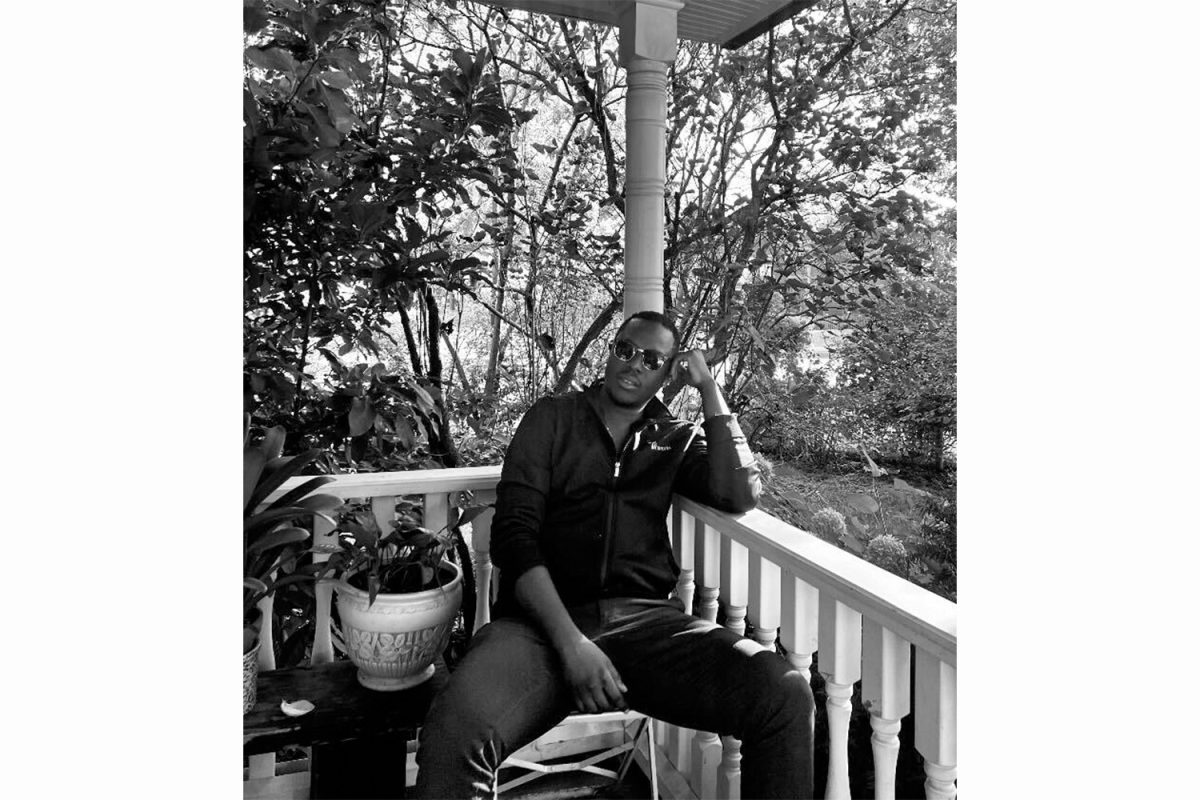City Ballet of Iowa is a David-sized school with a Goliath-sized mission. The founders and directors of the 1-year-old dance school, Sarah and Eloy Barragán, are determined to develop their infant enterprise into a prima ballerina among all of Iowa’s dance schools.
Formerly located in Coralville, City Ballet has relocated to a more conspicuous venue at 700 S. Dubuque St., not far from the hub of downtown Iowa City. The new home has an intimate setup with two studios and the fervent guidance of two directors both with prodigious dance backgrounds.
The school will host an informal dance gala at 6 p.m. Saturday to celebrate its successful move and to showcase its talent. A reception will follow, along with an opportunity for adults to try some salsa dancing. Admission is free.
“I want to bring excellence in ballet to Iowa,” said Sarah Barragán, a former dancer for the world-renowned New York City Ballet.
The anatomy of City Ballet’s instruction is designed to make its students versatile performers. In this age of globalization, dancers are expected to have a broad range of technical knowledge.
“We give [our students] variety to help them find their niche or passion,” Eloy Barragán said.
Besides ballet, the school provides tap, jazz, hip-hop, and Pilates education to students of all ages. However, ballet is still the principal focus.
“The basic for all disciplines [of dance] is ballet,” Eloy Barragán said. “Here, we put an emphasis on the scientific training of ballet.”
The Barragáns are both certified instructors of the specialized American Ballet Theatre National Training Curriculum. The American Ballet Theatre website describes its curriculum as “a program for the development and training of young students that embraces sound ballet principles and incorporates elements of the French, Italian, and Russian schools of training.”
These three fundamental schools of ballet are like their own languages. Even a simple tilt of the head, characteristic of the more decorative French style, could bemuse a Russian-trained ballerina accustomed to a more heroic, straight-edged brand of presentation.
“A dancer becomes programmed,” Sarah Barragán said. Just as America is the melting pot of cultures, so is the American Ballet Theatre’s curriculum for the world of ballet.
Classical ballet is the root of all dance. Nevertheless, the Barragáns acknowledge that times do change and that dance forms continue to evolve.
“I keep learning by watching other teachers,” Eloy Barragán said. “It’s important to keep updated with the times.”
He described the school as a great laboratory for his dance research. Interacting with all the different age groups is an enriching process for him because of the variety of approaches to life each age group presents.
“The greatest joy as a teacher is to see dancers from one semester to another, see them get stronger, see them get more comfortable with their bodies,” he said. “I love to be able to contribute to their growing and development.”






